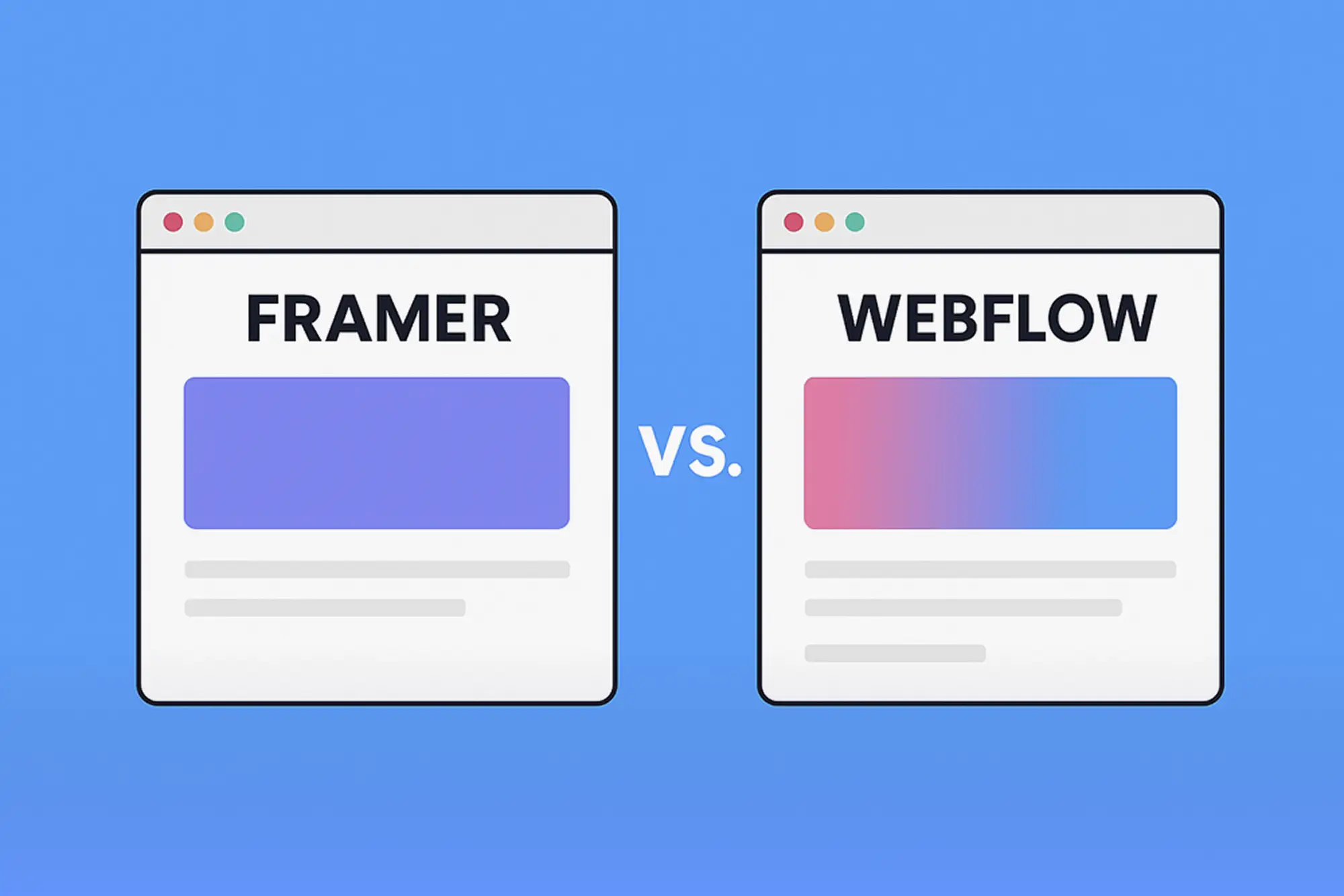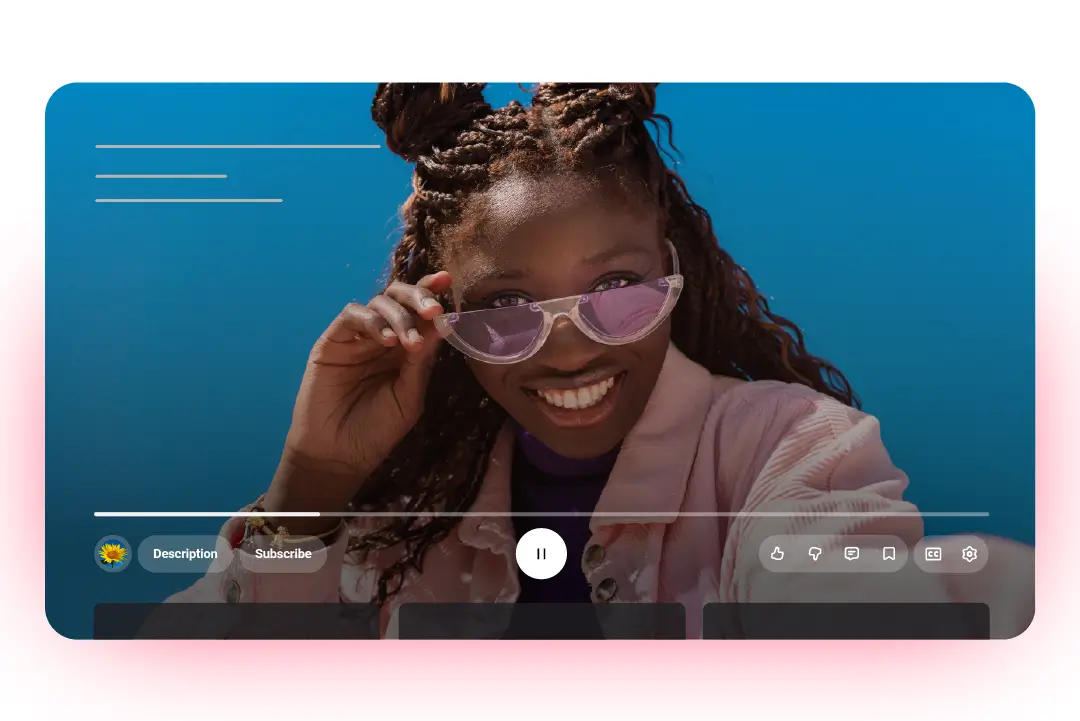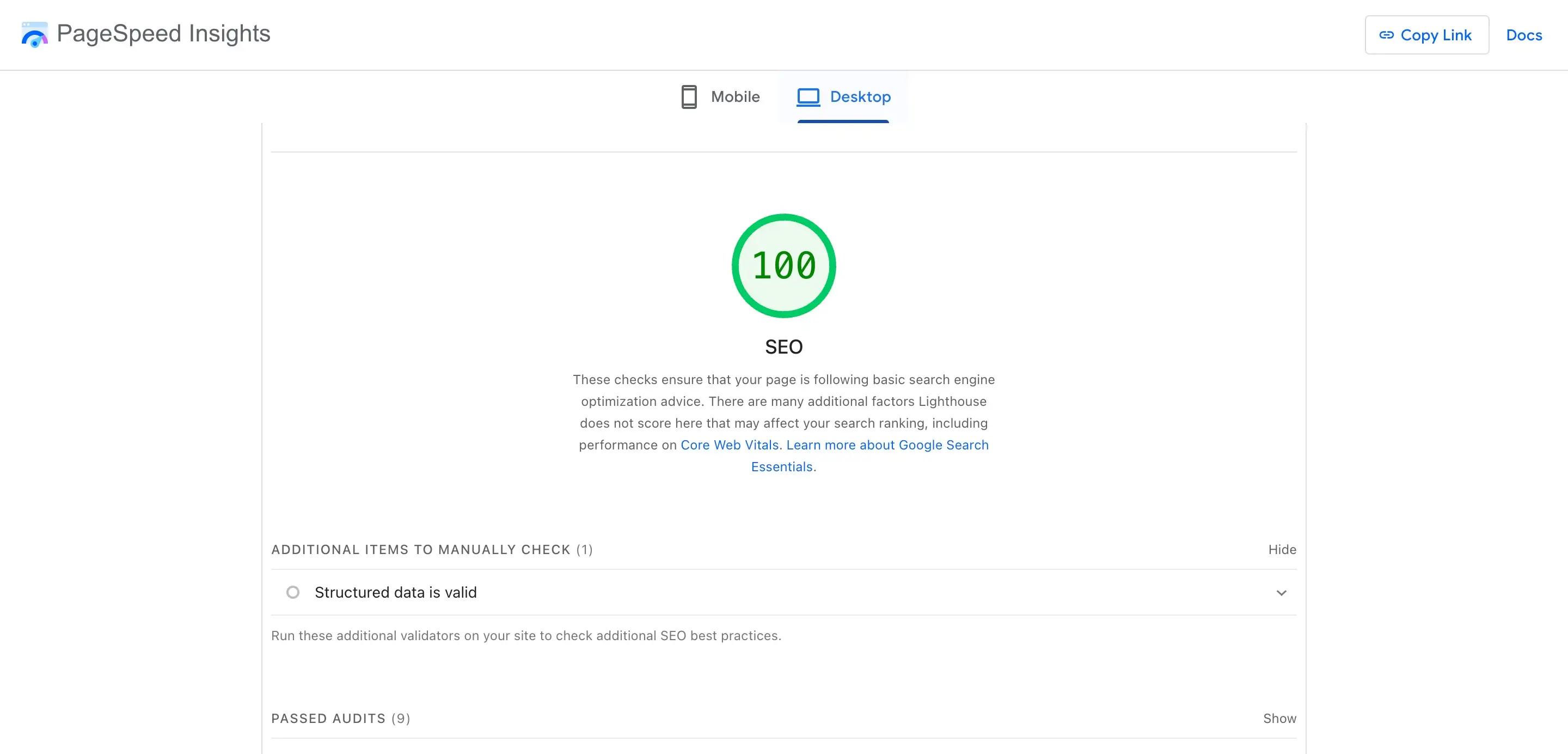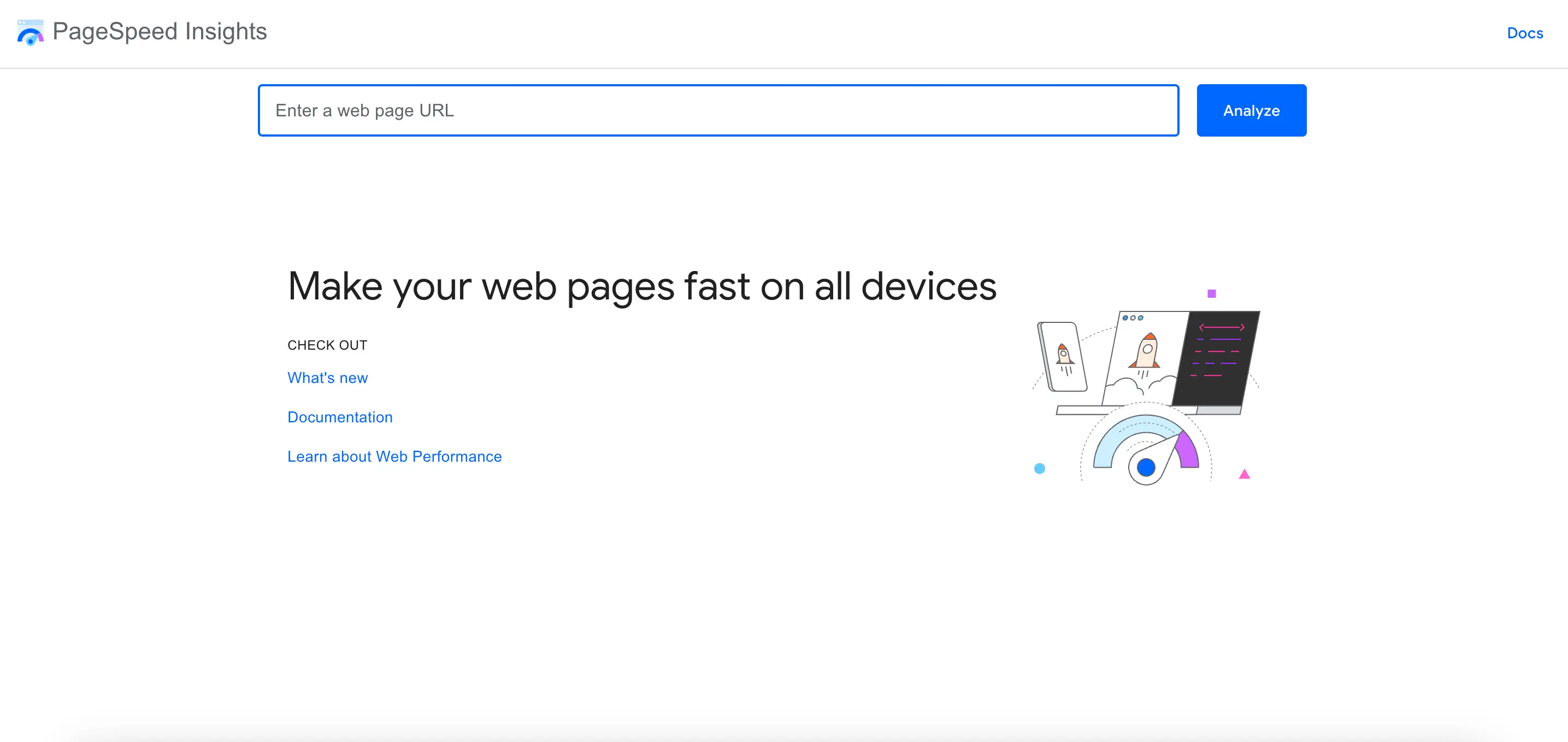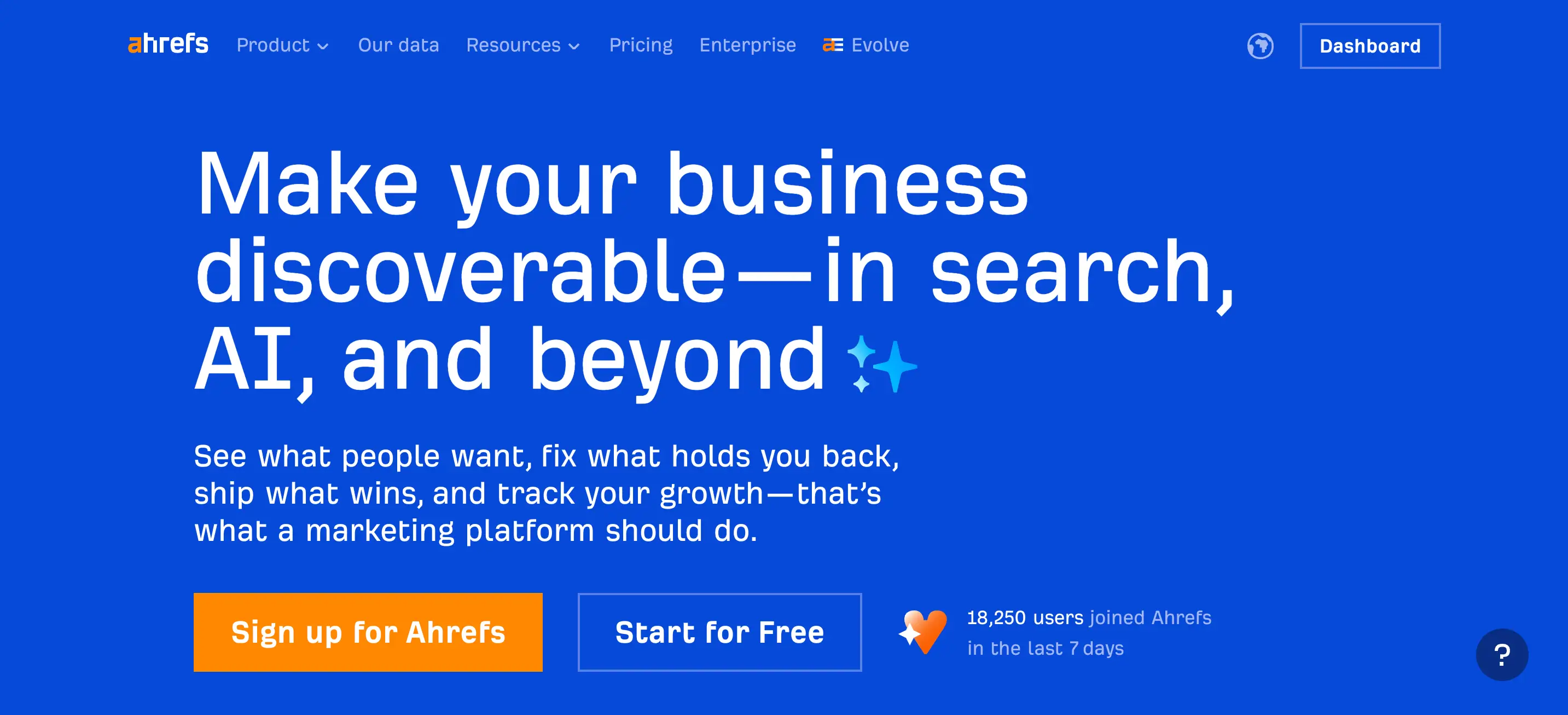Framer vs Webflow 2025: Which Builder Should You Use?
Development
Jul 30, 2025
0 min
When it comes to building high-converting landing pages, speed, design flexibility, and scalability matter more than ever. Whether you're launching a new product or testing a campaign, your choice of site builder can directly impact how fast you go live, and how well your page performs.
Framer and Webflow are two of the most widely discussed tools today. Both are powerful, no-code platforms designed for modern web design, but they approach the process differently. One prioritizes visual speed and ease, while the other offers structured control and scalability.
In this article, I’ll break down the debate of Framer vs Webflow - looking at what each platform is, how they compare in key areas like design, performance, and which one might be the right fit for your next landing page project.
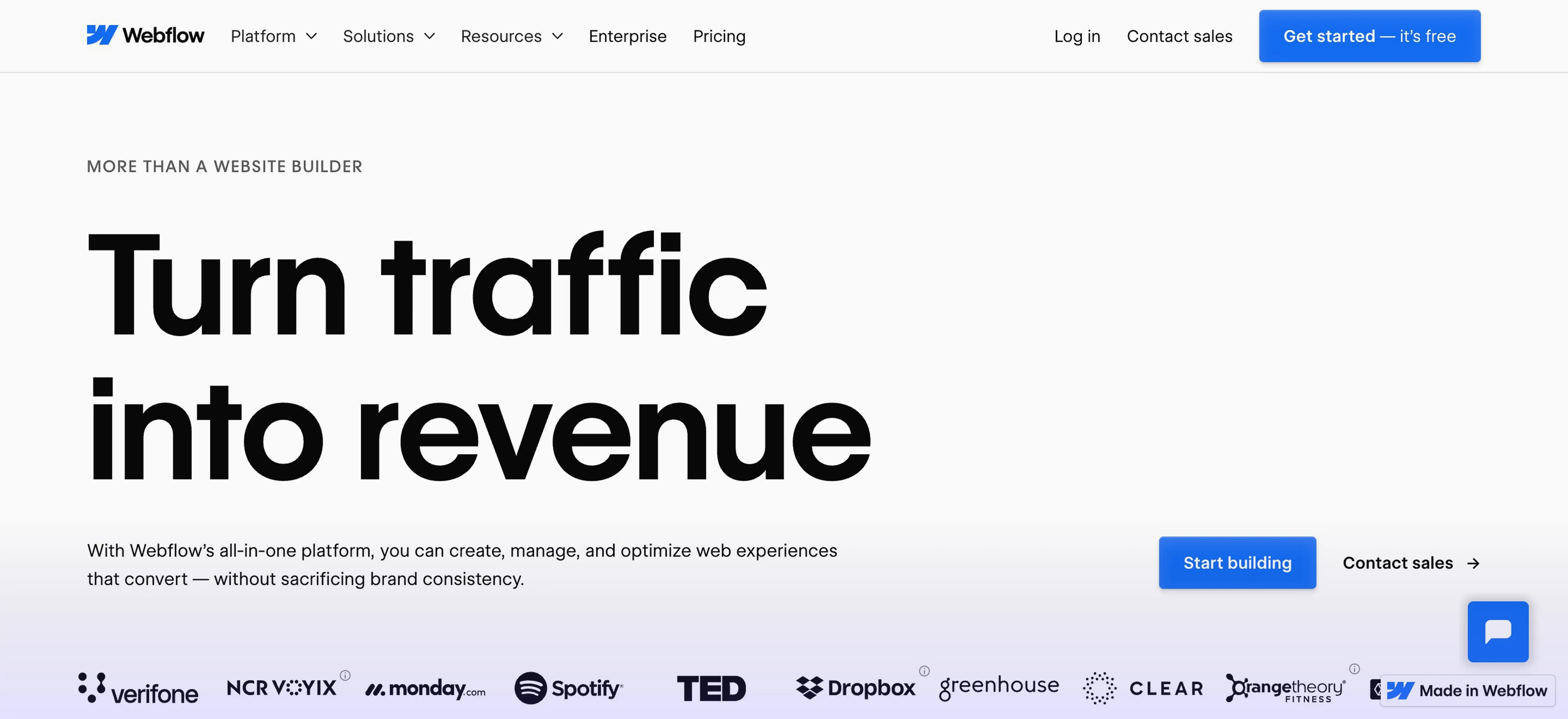
Webflow is a powerful no-code website builder that combines visual design, CMS functionality, and hosting in one platform. It allows designers and marketers to create custom websites without relying on developers, while still offering full control over structure, layout, and responsiveness.
Unlike template-based builders, Webflow gives users the freedom to create fully responsive and pixel-perfect layouts from scratch. It also includes built-in SEO tools, dynamic content through its CMS, and advanced animation capabilities.
Many agencies and startups use Webflow for launching landing pages, company websites, and even blogs or resource libraries. It’s especially popular among users who want design freedom without giving up scalability.
The platform also offers the popular Webflow University, a free platform packed with educational resources.
What Is Framer?
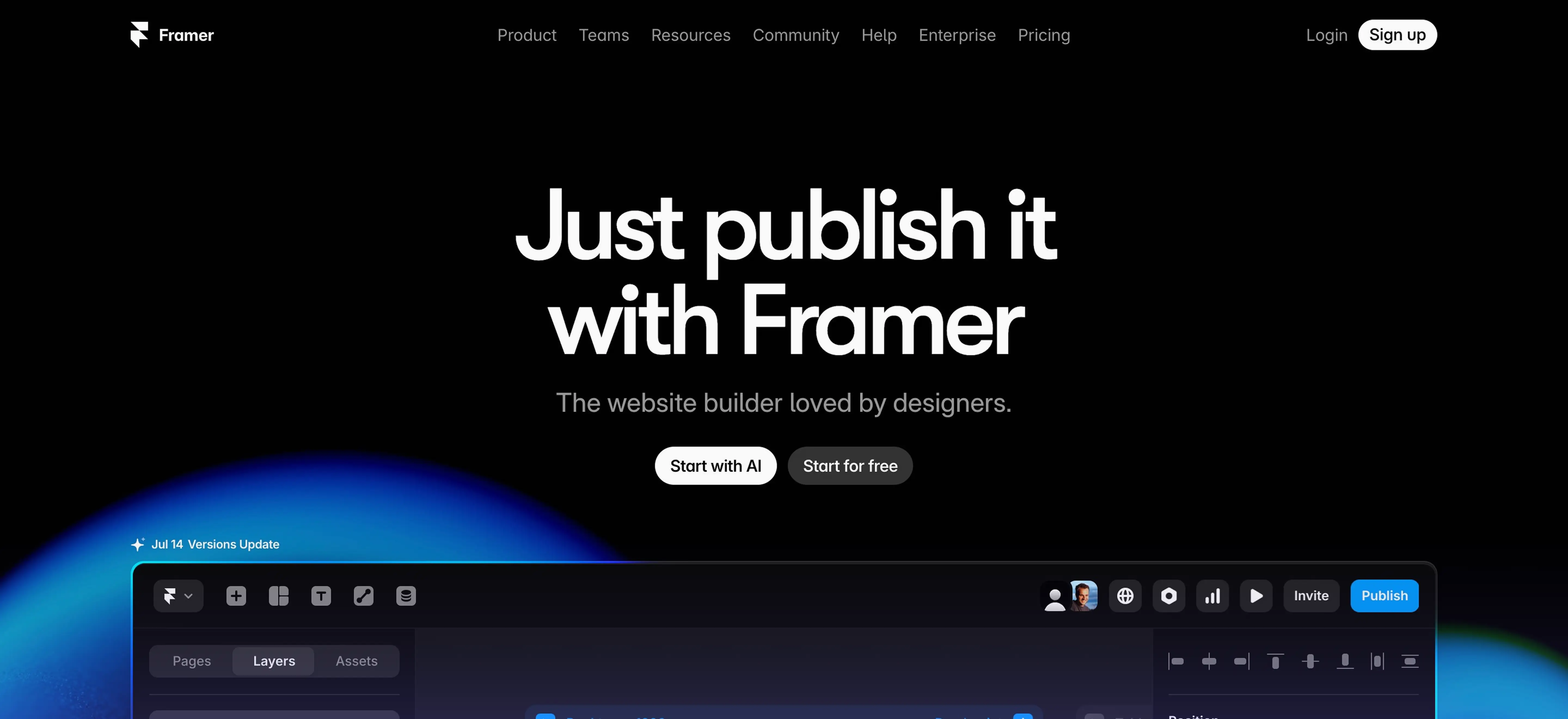
Framer is a modern website builder designed for speed, simplicity, and visual impact. Originally built as a prototyping tool for designers, Framer has evolved into a full no-code platform for creating production-ready websites, especially landing pages.
With Framer, users can design and publish directly on the canvas, using intuitive controls, smart layout features, and built-in animations. It’s known for its lightning-fast load times, clean design defaults, and a growing library of components and templates.
Framer also includes AI tools that help users generate page sections, write content, and style layouts automatically. This makes it a popular choice for startups, freelancers, and creators who want to launch quickly and iterate often.
Framer vs Webflow: Key Differences
Both Webflow vs Framer are powerful tools for building websites, but they offer different strengths depending on your needs. Below is a breakdown of how they compare across key areas:
Ease of Use
- Framer: Beginner-friendly with a clean interface and fewer settings to manage. Ideal for quick builds and real-time visual feedback.
- Webflow: Offers more granular control but has a steeper learning curve, especially for new users.
Design Flexibility
- Framer: Great for simple, stylish layouts with built-in spacing and animation defaults. Limited custom structure options.
- Webflow: Allows full layout and design customization, including complex grids, responsive breakpoints, and reusable classes.
Animation and Interactions
- Framer: Includes smooth, built-in animations and transitions. Easy to use for scroll effects and hover states.
- Webflow: Offers advanced animation control with triggers and timelines. Better for complex, custom interactions.
CMS and Blogging Capabilities
- Framer: Limited CMS functionality focused on static content. More suitable for single pages or small portfolios.
- Webflow: Full CMS with dynamic content collections, perfect for blogs, case studies, and resource hubs.

AI and Automation Tools
- Framer: Includes built-in AI features to generate sections, copy, and layout ideas.
- Webflow: No native AI tools, but offers strong integrations with automation tools like Zapier and Make.
Templates and Community
- Framer: Rapidly growing template library and a strong community of indie designers.
- Webflow: Larger ecosystem with thousands of templates, tutorials, and a mature community.
Scalability and Use Cases
While both Framer and Webflow can handle landing pages with ease, their long-term scalability differs depending on your project needs.
Framer
Framer is best suited for lightweight, visually engaging sites. It’s ideal for:
- One-page websites and product launches;
- Startup landing pages;
- Personal portfolios or resumes;
- Quick MVPs and design experiments.
Although Framer sites can grow with added pages, it’s not designed for content-heavy websites or complex structures. CMS features are limited, and large-scale site management may require workarounds.
Webflow
Webflow offers the flexibility and infrastructure to scale. It’s a strong choice for:
- Multi-page websites and marketing funnels;
- Blog or content-driven platforms;
- Agencies and design teams;
- Businesses needing CMS, forms, and third-party integrations.
With reusable components, CMS collections, and logic workflows, Webflow supports not just landing pages but full web ecosystems.
If you're planning to grow beyond a single page or manage multiple campaigns, Webflow may be the more scalable solution. For quick, stunning launches, Framer is often the faster path forward.

Which One Should You Use?
Both Framer and Webflow are excellent tools for building landing pages, but your choice should come down to long-term goals, design needs, and the type of site you want to create.
Choose Framer if you want:
- A fast, visually simple landing page;
- Built-in animations and modern design defaults;
- Quick publishing with minimal setup;
- AI-assisted layout and content tools;
- A lightweight solution for personal or single-page projects.
Framer is ideal for solo creators, MVP launches, and anyone who wants to move quickly without getting into technical details.
Choose Webflow if you want:
- Full control over layout, structure, and design system;
- A platform that scales from one landing page to a full marketing site;
- Built-in CMS for blogs, case studies, or product listings;
- Advanced animations and custom interactions;
- More SEO flexibility and integration options.
Webflow takes more time to learn, but it offers unmatched design freedom combined with production-grade infrastructure. If your project involves more than a static page, or may grow into one, Webflow is the better long-term investment.

Conclusion
Framer and Webflow each offer powerful solutions for building high-performing landing pages. Framer focuses on speed, simplicity, and modern design, making it ideal for creators who want to move fast. Webflow, with its deeper customization and CMS features, is better suited for businesses looking to scale and maintain more complex websites.
Your choice depends on your goals, timeline, and how much flexibility you need.
If you're exploring options or need guidance on building smarter with no-code tools, I offer no code development services tailored to your needs, whether it's launching a new landing page or creating a scalable web presence.
Let’s build something that works for your vision.
